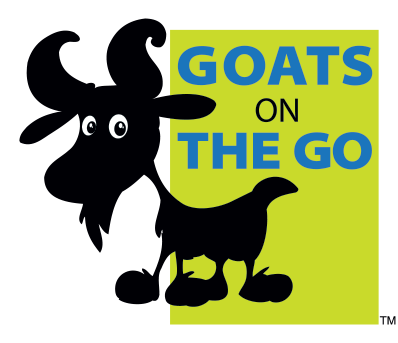It’s hardy, fragrant, and produces pretty flowers and berries. So what’s the problem with honeysuckle?
There are many species of honeysuckle, some of which are native to parts of North America. But, at least four varieties are non-native and invasive, meaning they tend to spread unabated and dominate a landscape to the exclusion of other plants, especially natives. That’s the problem with invasive honeysuckles.
If you’ve ever walked through a section of woods overrun by honeysuckle, you understand the problem. The woody brush, which can grow up to 15 feet high or so, seems pretty benign other than making the woods really difficult to walk through. It isn’t thorny or irritating to the skin, and it actually has some pleasant characteristics. Look down, however, and you’ll find a virtual moonscape at soil level. The canopy of honeysuckle keeps sunlight and moisture from hitting the ground, making it impossible for a diversity of plants to grow. Because honeysuckle is primarily a woodland plant, native hardwoods such as oak and hickory have trouble regenerating themselves with new seedlings in areas thick with honeysuckle. Besides being unfriendly to the health of native plants, the bare soil is susceptible to erosion.
Goats make quick work of a not-very-dense patch of invasive honeysuckle.
Fortunately, goats love honeysuckle! Goats can kill honeysuckle all on their own with a few grazing events over the course of a couple of growing seasons, but many customers choose to use goats in combination with manual cutting and precise herbicide applications. Goats take an impenetrable jungle of honeysuckle and turn it into something that property owners and volunteers can manage. Then, cutting can happen much more safely, and herbicide can be dabbed on the cut stumps to prevent re-sprouting.
Another strategy is the graze-cut-graze approach. Goats are used in year #1 to stop the spread of honeysuckle and prepare the area for manual cutting. No herbicide is used, which allows the cut stumps to re-sprout aggressively. That’s a good thing, as long as goats have been scheduled for another pass in year #2. Re-sprouting forces the honeysuckle plants to use a lot of stored energy, weakening them. The goats then prevent the new sprouts from maturing.
Got a honeysuckle problem on a property you own or manage? Contact your nearest Goats On The Go® affiliate to put some goat power to work for you!
